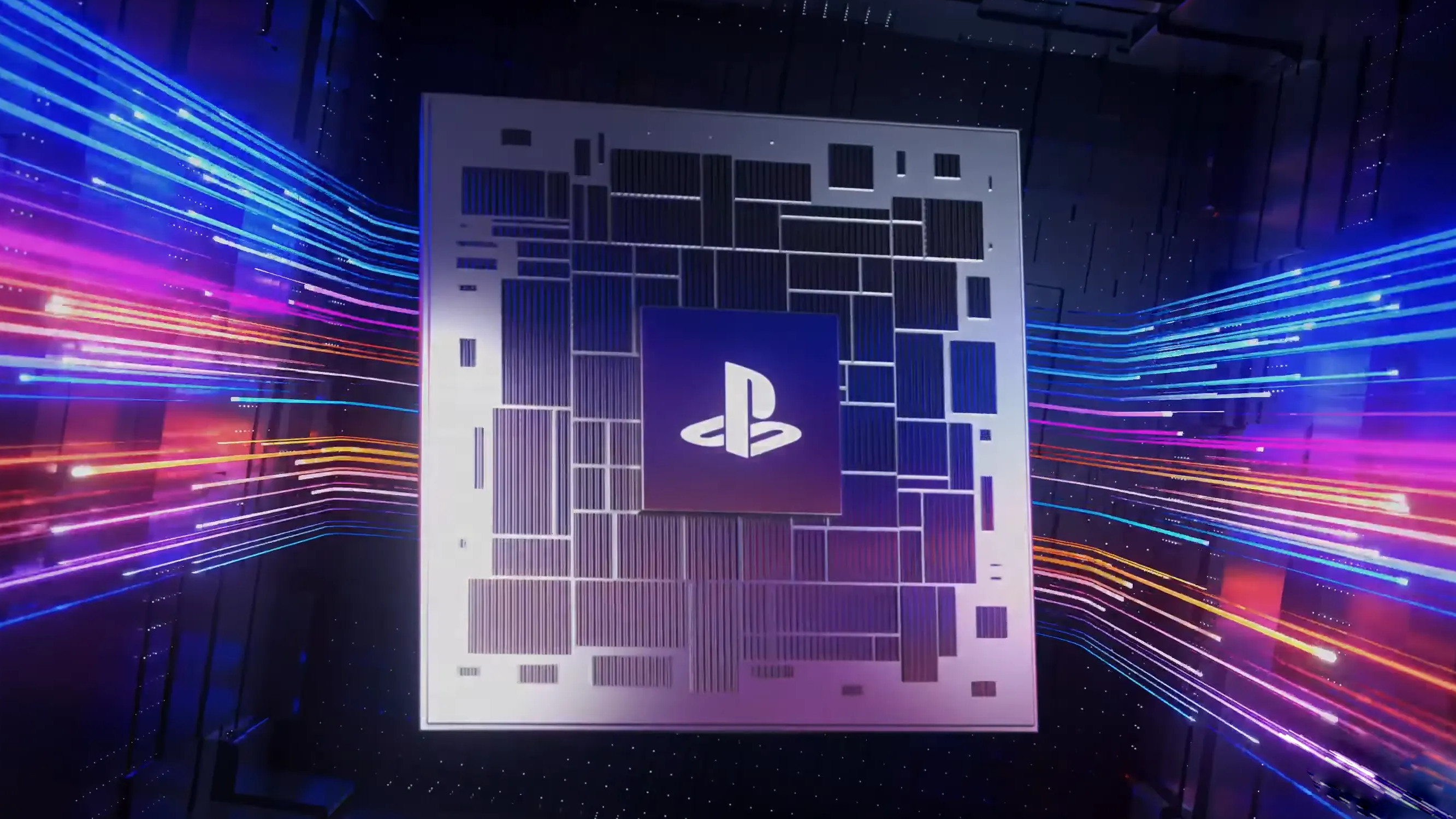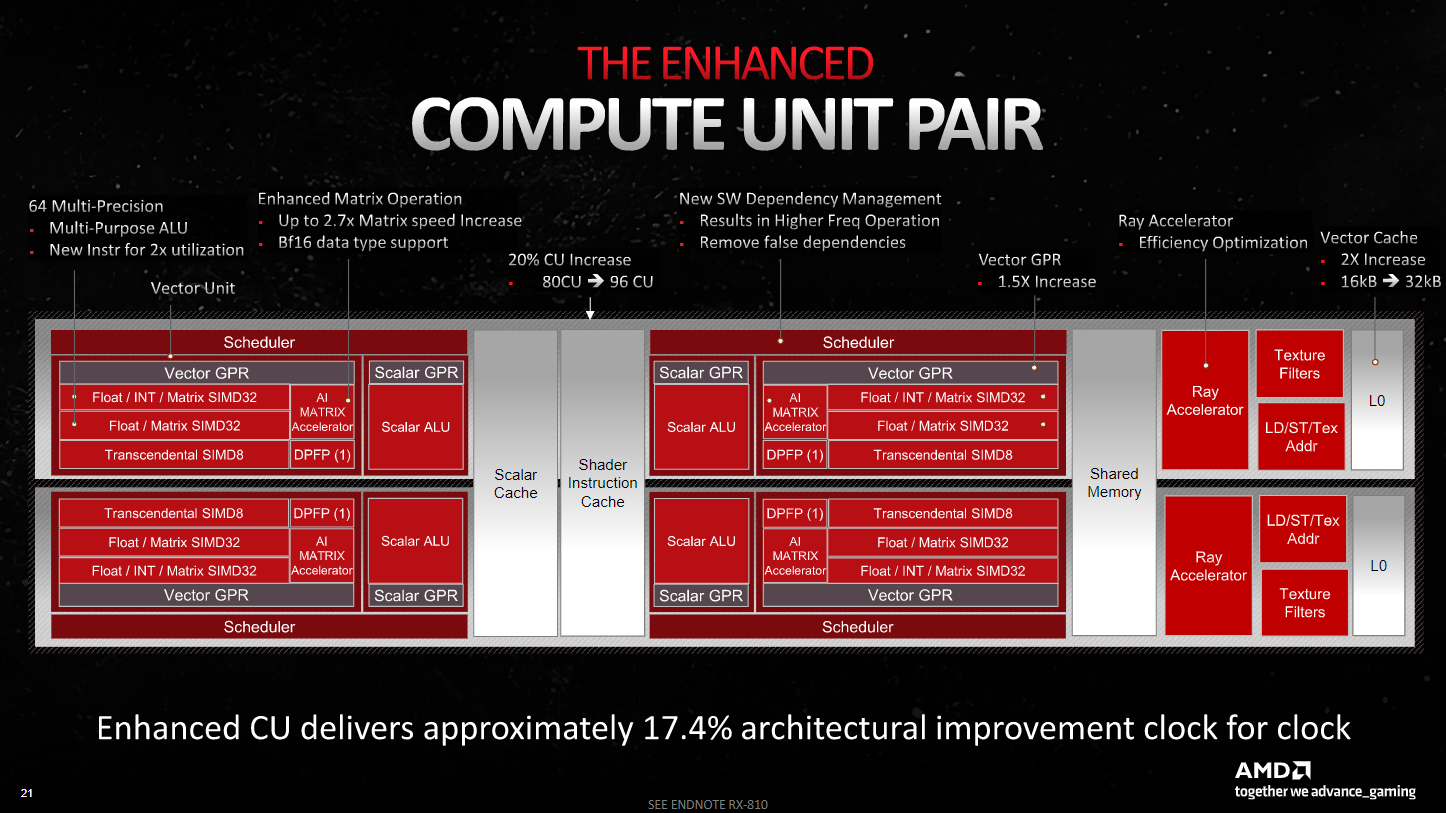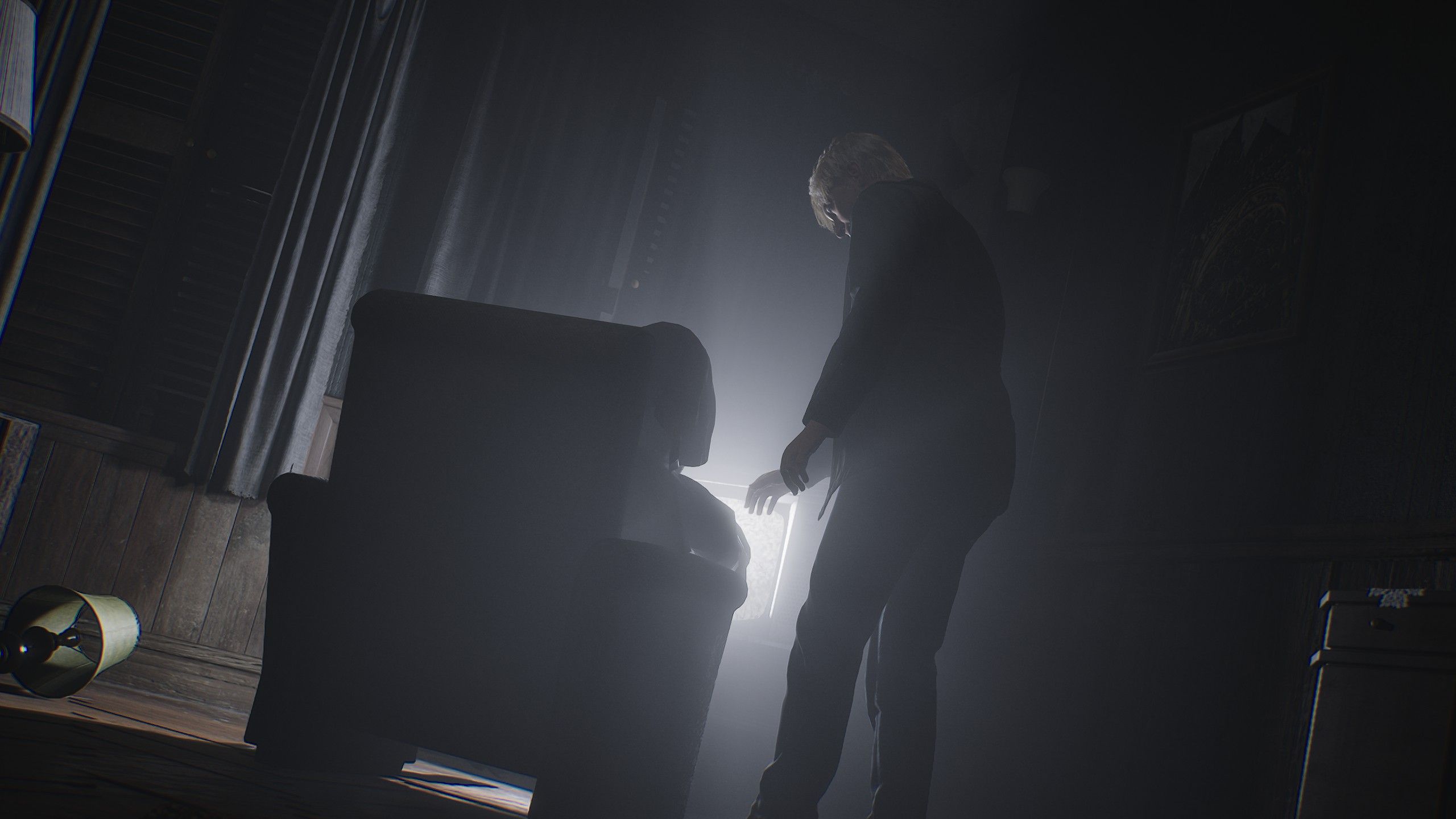
RDNA 3? RDNA 2? Something in-between?
Sony’s new PlayStation 5 Pro doesn’t officially launch for another two days but lots of lucky buyers have managed to get their hands on one already. A tech YouTuber teardown and the console’s manual reveal that the PS5 Pro has a larger internal SSD, extra RAM for the operating system, and a GPU that isn’t quite what all the rumours suggested it would be.
The teardown in question was done by Brazilian YouTube channel TAG, which pulled apart a brand new PS5 Pro just so we could all see what’s new on the inside. Digital Foundry also got hold of an early shipment but was somewhat less keen on breaking out the screwdrivers, or at least, not just yet.
It turns out that the Pro isn’t as big as the initial images suggested it would be. A little taller than the original PS5 and around 500 g (18 ounces) heavier, but nowhere near as bulbous as the first iteration.
The teardown video and manual also confirm the new console gets a larger internal SSD—2 TB in raw capacity, although a chunk of that is “reserved for use in connection with console administration, maintenance and additional options.”
And there’s more RAM, too, though not the fast GDDR6 stuff that’s used by the processor. There’s still just 16 GB of that and while we don’t know what it’s clocked to, we do know that more of it will be accessible to games because Sony’s added 2 GB of DDR5 to the motherboard, to be used by the console’s operating system.
The most interesting aspect of the PS5 Pro is the new APU that powers the whole thing. It’s another AMD semi-custom APU, with eight Zen 2 CPU cores and 16 threads, plus a ‘Radeon RDNA’ GPU. It’s the latter that’s the biggest surprise to me because for a good while now, all of the rumours have pointed to it being an RDNA 3-based chip.
In the PS5 Pro announcement, Sony stated that the new GPU had 67% more compute units than that in the original. The original PS5 graphics processor is RDNA 2-based with 36 compute units and a peak FP32 throughput of 10.3 TFLOPs.
So, the Pro’s manual confirms two things: (1) the PS5 Pro GPU has 60 compute units and (2) it’s clocked lower than the first PS5, probably around 2,175 MHz (vs 2,233 MHz).
But what none of this actually tells us is whether it’s really RDNA 3 instead or still just RDNA 2. My initial feeling is that it is the former because Sony has promoted the PS5 Pro’s upgraded ray tracing capabilities as being a big step forward for the console, and some of the internal changes in the RDNA 3 are there to improve ray tracing.
However, a 60 compute unit RDNA 3 GPU, running at 2,175 MHz, should have a peak FP32 output of 33.4 TFLOPS, because there are double the number of ALUs per compute unit than in RDNA 2. That might make one believe that it’s not RDNA 3 inside but it’s worth noting that the ‘double’ FP32 performance only comes about if the drivers use a specific instruction.
Without it, an RDNA 3 GPU is no different to an RDNA 2 one. Given that the drivers for the PS5 Pro are unique to that system, it’s perfectly possible that Sony requested that AMD remove the instruction from the driver’s compiler.
One reason for this is that driver compilers aren’t especially sophisticated and getting them to figure out when is best to use a specific instruction is really hard, unless one goes in and ‘hand tunes’ the shader code afterwards.
By removing the so-called ‘dual issue’ instruction, there’s less scope for the compiler to mess things up, although it doesn’t ever seem to be a problem on PCs using RDNA 3 graphics cards.
Best gaming PC: The top pre-built machines.
Best gaming laptop: Great devices for mobile gaming.
From the GPU traces I’ve run on games with RX 7000-series cards, the dual-issue instruction rarely crops up. But this doesn’t mean the extra ALUs aren’t used, though. When running pixel shaders, RDNA 3 GPUs can issue normal instructions to all of them in a compute unit, in just one cycle, compared to two cycles with RDNA 2 chips.
So having thought about all of this, I’m still leaning toward it being an RDNA 3 processor in the PlayStation 5 Pro, albeit a rather customised one.
Exactly what’s going on in that GPU is still a bit of a mystery and we’ll have to wait until someone takes a really good die shot of the chip so we can see the internal structure (here’s hoping that Fritzchen Fritz gets a PS5 Pro).
I know none of this will really affect PC gaming in any significant way but given the dearth of new desktop graphics cards at the moment, I’ve got to get my GPU-phile fix somehow!







